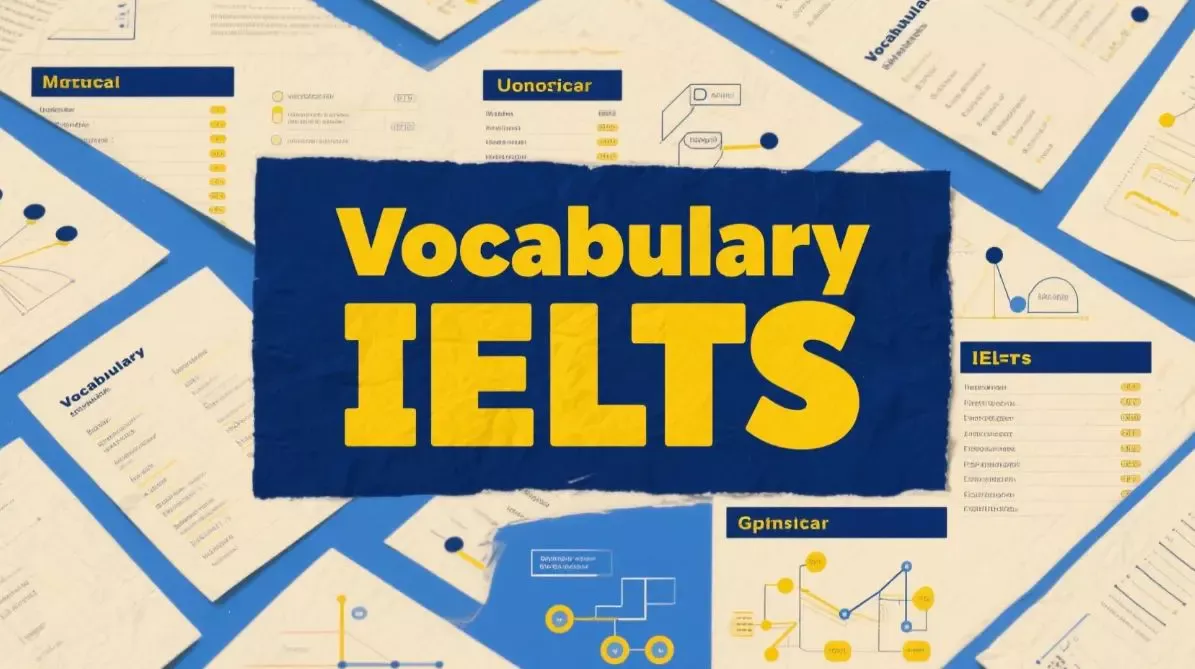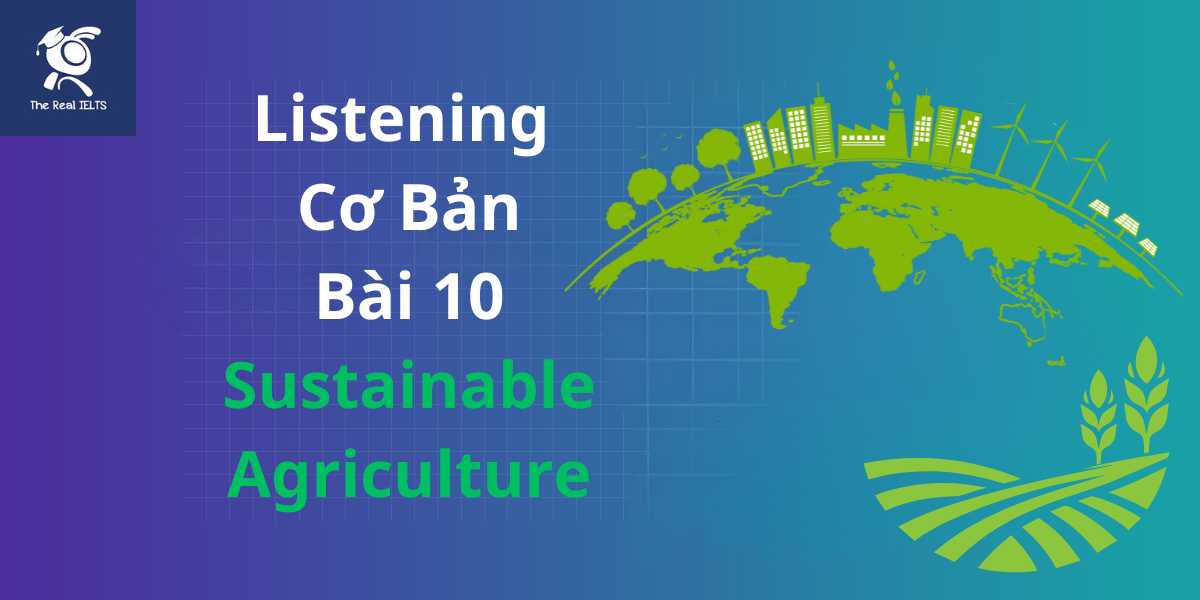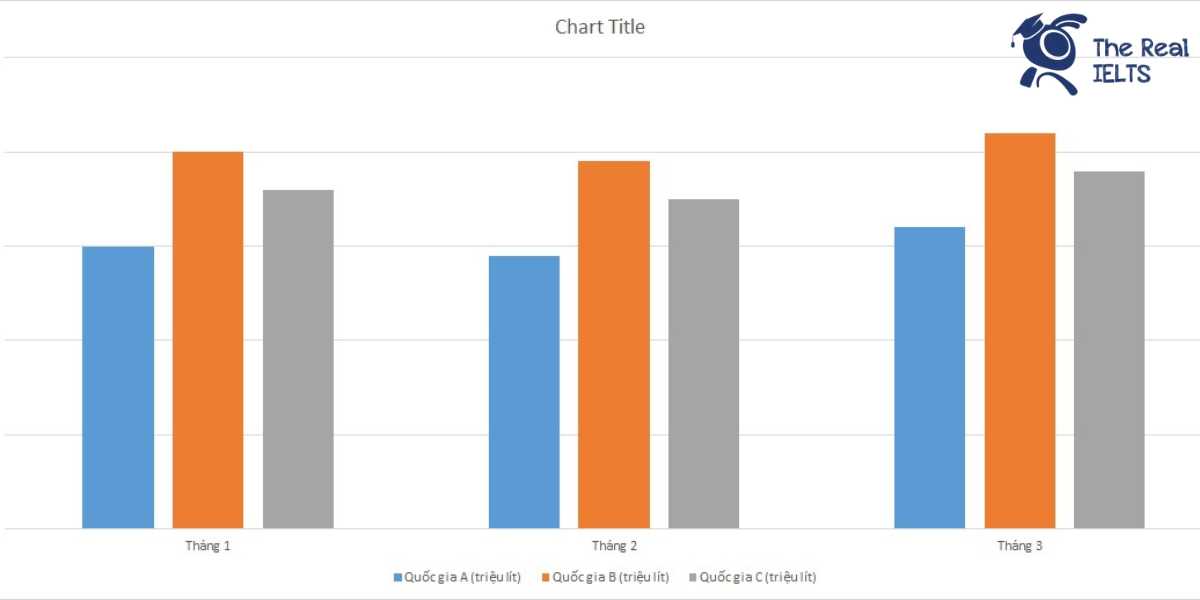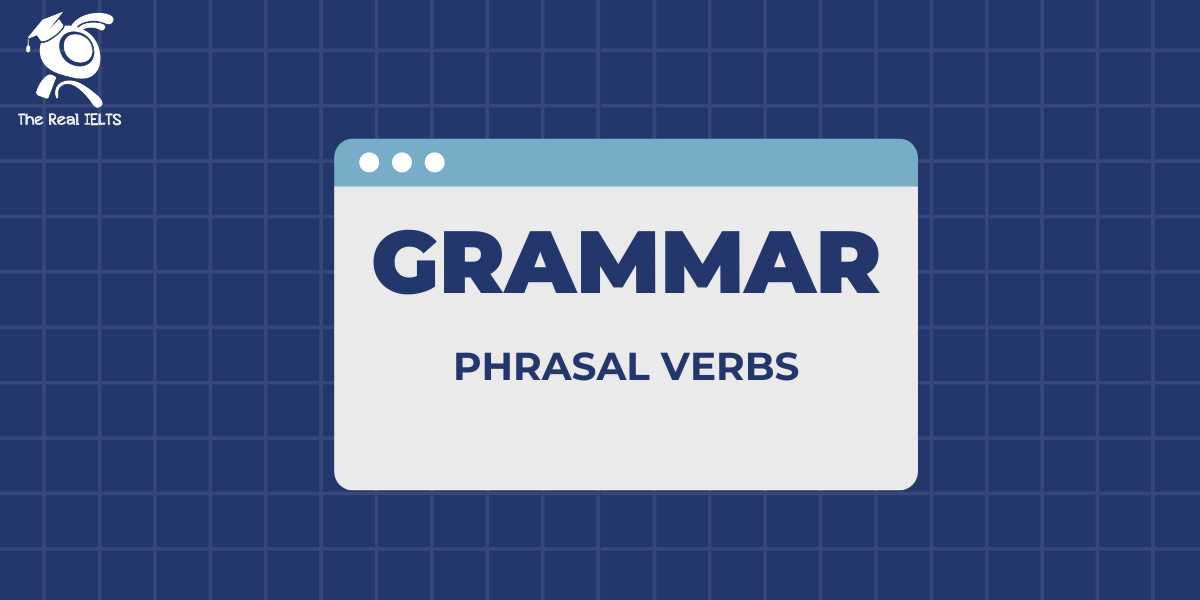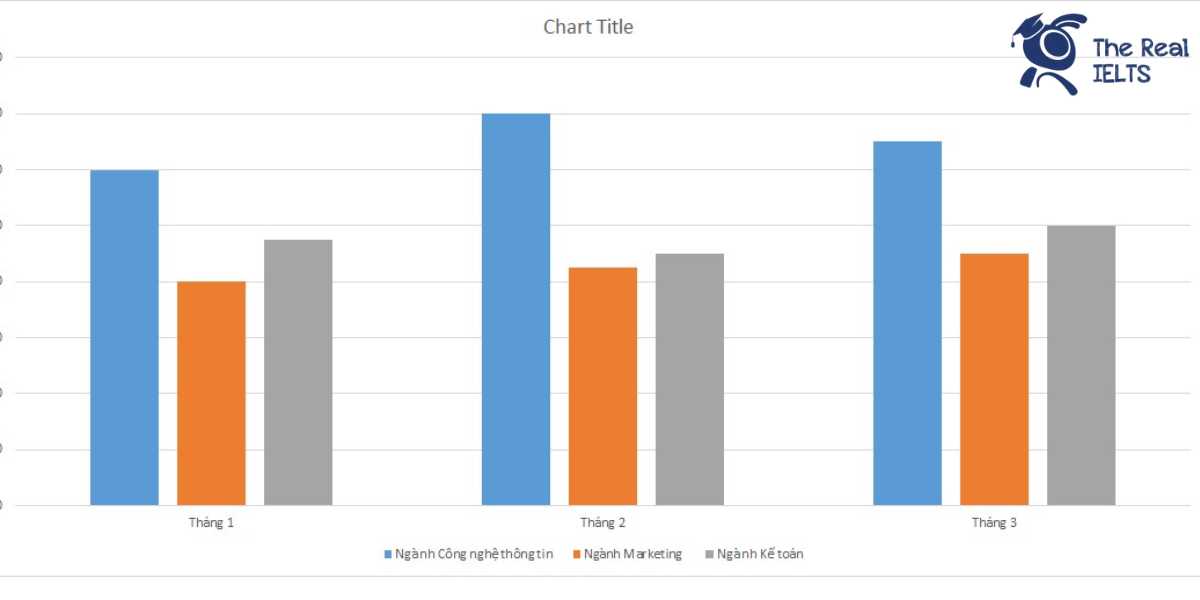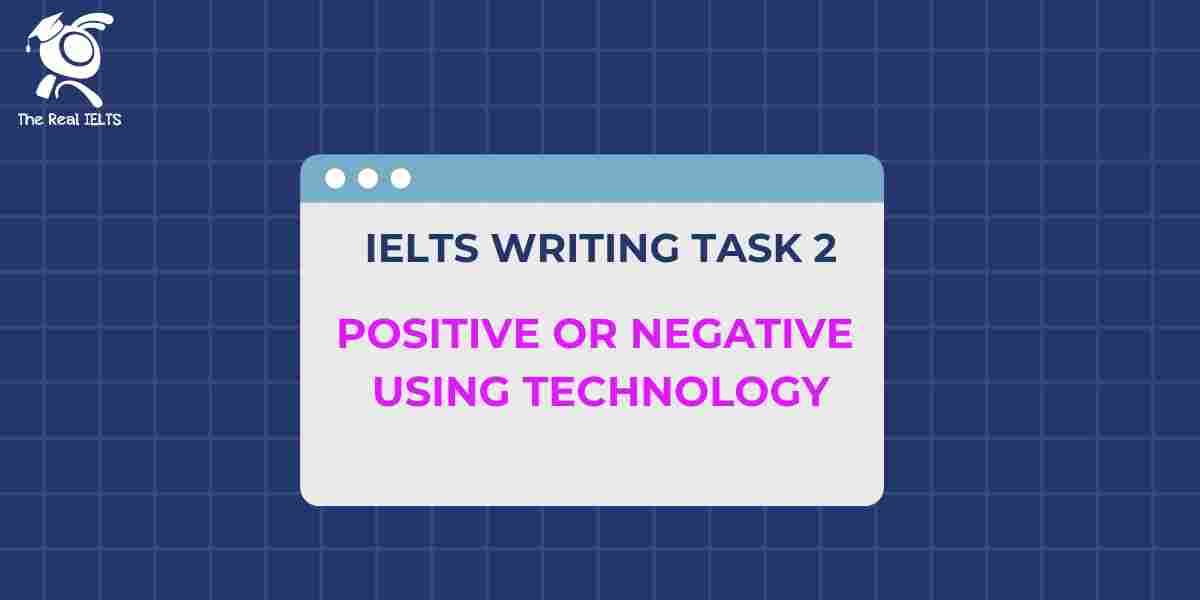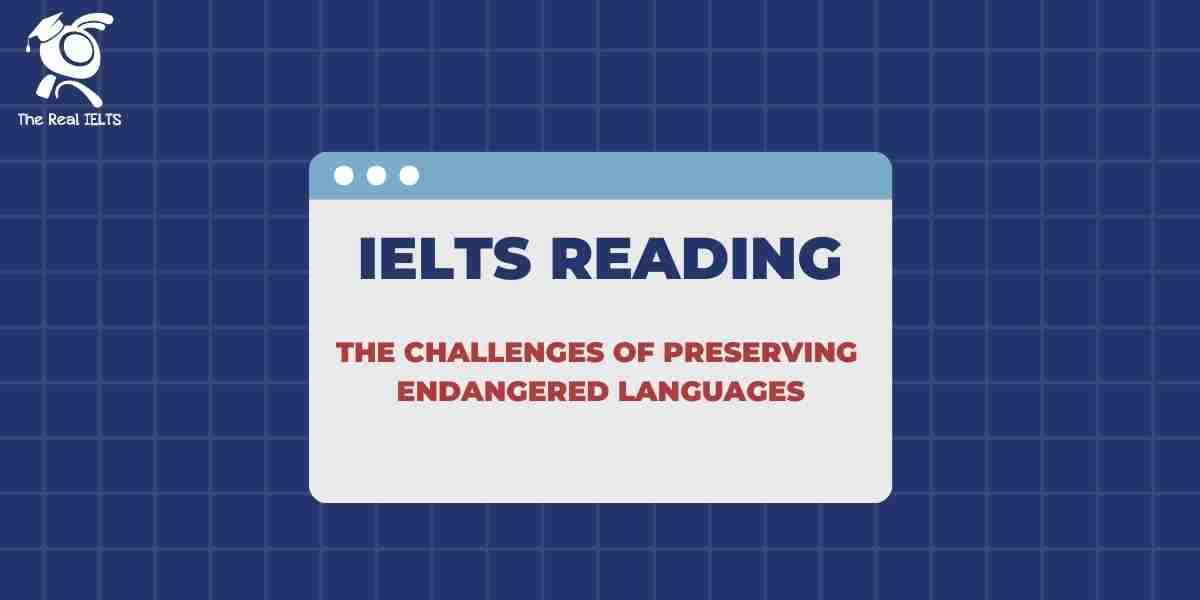Luyện tập IELTS Reading ngày 4 có chủ đề: The History and Evolution of the Internet. Bài này thuộc chuỗi IELTS Reading: 30 chủ đề luyện tập. Mỗi bài này luyện tập khoảng 30 phút.
Học lại bài cũ: IELTS READING Day 3: Space Exploration: Benefits and Drawbacks.
Đọc bài IELTS Reading và trả lời câu hỏi ở bên dưới
The Internet, a cornerstone of modern communication and information exchange, has undergone a remarkable evolution since its inception. Its roots can be traced back to the early 1960s when researchers began exploring ways to connect computers for sharing information. The concept of a “network of networks” emerged from these early explorations, leading to the development of ARPANET (Advanced Research Projects Agency Network) in 1969, which was funded by the United States Department of Defense. ARPANET initially connected four universities, allowing them to share resources and communicate electronically.
In the 1970s, the introduction of the Transmission Control Protocol/Internet Protocol (TCP/IP) was a game-changer. This set of communication protocols enabled different networks to interconnect and communicate seamlessly, effectively forming the foundation of the modern Internet. By 1983, ARPANET transitioned to TCP/IP, marking the official birth of the Internet as we know it today.
The 1980s witnessed the commercialization of the Internet. As universities and research institutions expanded their networks, the National Science Foundation (NSF) established NSFNET, which connected multiple regional networks and allowed commercial use. This shift opened the door for private companies to develop Internet services, leading to the emergence of Internet Service Providers (ISPs) in the late 1980s and early 1990s.
The advent of the World Wide Web (WWW) in 1991 revolutionized the way people accessed and shared information. Tim Berners-Lee, a British computer scientist, created the first web browser and web server, enabling users to navigate the Internet through hyperlinks and graphical interfaces. The user-friendly nature of the web sparked a surge in Internet adoption among the general public.
As the Internet grew, so did its capabilities. The late 1990s and early 2000s saw the rise of e-commerce, social media, and online communication platforms. Websites like Amazon and eBay transformed retail, while social networking sites such as Facebook and Twitter changed how people interacted online. The dot-com boom of the late 1990s fueled investments in Internet startups, though it also led to a subsequent crash in 2000.
The 21st century has brought about further advancements in Internet technology. Broadband Internet connections have largely replaced dial-up, offering faster speeds and more reliable access. The rise of smartphones and mobile applications has made the Internet more accessible than ever, allowing users to connect on the go. Cloud computing, big data, and the Internet of Things (IoT) have expanded the Internet’s scope, integrating it into everyday life and business operations.
Today, the Internet continues to evolve, with emerging technologies such as artificial intelligence, blockchain, and 5G connectivity promising to reshape the digital landscape. Issues of cybersecurity, privacy, and digital equity remain at the forefront of discussions about the Internet’s future. As we look ahead, it is clear that the Internet will play an increasingly pivotal role in shaping society, economy, and culture worldwide.
Key Milestones in Internet Evolution
- 1960s: Initial research on computer networking begins.
- 1969: Launch of ARPANET, connecting four universities.
- 1970s: Development of TCP/IP protocols.
- 1983: Transition of ARPANET to TCP/IP; birth of the Internet.
- 1980s: Commercialization of the Internet; establishment of NSFNET.
- 1991: Creation of the World Wide Web by Tim Berners-Lee.
- Late 1990s: Rise of e-commerce and social media.
- 21st Century: Advancements in broadband, mobile access, and IoT.
The history and evolution of the Internet illustrate a remarkable journey from a military project to a global platform that connects billions of people. Its ongoing transformation continues to shape our world in profound ways, influencing communication, commerce, and culture. As we navigate the challenges and opportunities presented by the Internet, understanding its history helps us appreciate its impact on our lives and society.
Từ vựng
- Internet – Internet
- cornerstone – nền tảng
- communication – giao tiếp
- information exchange – trao đổi thông tin
- evolution – sự tiến hóa
- inception – khởi đầu
- researchers – nhà nghiên cứu
- exploring – khám phá
- connect – kết nối
- computers – máy tính
- sharing – chia sẻ
- concept – khái niệm
- network of networks – mạng lưới của các mạng
- development – phát triển
- ARPANET – ARPANET (mạng nghiên cứu ban đầu)
- funded – được tài trợ
- Department of Defense – Bộ Quốc phòng
- initially – ban đầu
- universities – các trường đại học
- resources – tài nguyên
- communicate – giao tiếp
- protocol – giao thức
- communication protocols – giao thức truyền thông
- interconnect – liên kết
- seamlessly – một cách liền mạch
- foundation – nền tảng
- transition – chuyển đổi
- marking – đánh dấu
- official birth – sự ra đời chính thức
- commercialization – sự thương mại hóa
- research institutions – các tổ chức nghiên cứu
- National Science Foundation (NSF) – Quỹ Khoa học Quốc gia
- established – thành lập
- regional networks – các mạng khu vực
- allowing – cho phép
- private companies – các công ty tư nhân
- develop – phát triển
- Internet Service Providers (ISPs) – Nhà cung cấp dịch vụ Internet
- advent – sự xuất hiện
- World Wide Web (WWW) – World Wide Web
- revolutionized – cách mạng hóa
- accessed – truy cập
- shared – chia sẻ
- browser – trình duyệt
- server – máy chủ
- navigate – điều hướng
- hyperlinks – liên kết
- graphical interfaces – giao diện đồ họa
- user-friendly – thân thiện với người dùng
- surge – sự gia tăng
- adoption – sự chấp nhận
- general public – công chúng
- capabilities – khả năng
- e-commerce – thương mại điện tử
- social media – mạng xã hội
- communication platforms – nền tảng giao tiếp
- retail – bán lẻ
- social networking sites – trang mạng xã hội
- interacted – tương tác
- dot-com boom – cơn sốt dot-com
- investments – đầu tư
- startups – công ty khởi nghiệp
- subsequent crash – sự sụp đổ sau đó
- advancements – sự tiến bộ
- broadband – băng thông rộng
- connections – kết nối
- dial-up – kết nối quay số
- faster speeds – tốc độ nhanh hơn
- more reliable access – truy cập đáng tin cậy hơn
- smartphones – điện thoại thông minh
- mobile applications – ứng dụng di động
- accessible – có thể tiếp cận
- cloud computing – điện toán đám mây
- big data – dữ liệu lớn
- Internet of Things (IoT) – Internet vạn vật
- integrating – tích hợp
- everyday life – cuộc sống hàng ngày
- business operations – hoạt động kinh doanh
- emerging technologies – công nghệ mới nổi
- artificial intelligence – trí tuệ nhân tạo
- blockchain – chuỗi khối
- 5G connectivity – kết nối 5G
- reshape – định hình lại
- digital landscape – cảnh quan số
- cybersecurity – an ninh mạng
- privacy – quyền riêng tư
- digital equity – công bằng số
- forefront – hàng đầu
- discussions – thảo luận
- challenges – thách thức
- opportunities – cơ hội
- impact – tác động
- lives – cuộc sống
- society – xã hội
Câu hỏi IELTS Reading The History and Evolution of the Internet
Câu hỏi True/False/Not Given
- True/False/Not Given: ARPANET được thành lập vào năm 1970.
- True/False/Not Given: TCP/IP đã giúp kết nối các mạng khác nhau vào năm 1983.
- True/False/Not Given: World Wide Web đã được phát triển bởi một nhóm các nhà khoa học từ nhiều quốc gia.
- True/False/Not Given: Thương mại điện tử bắt đầu phát triển mạnh mẽ vào cuối những năm 1990.
- True/False/Not Given: Các vấn đề về an ninh mạng không phải là một mối quan tâm hiện tại đối với Internet.
Câu hỏi Multiple Choice
- What year did ARPANET transition to TCP/IP?
A. 1969
B. 1983
C. 1991
D. 2000 - Which of the following technologies is NOT mentioned as an emerging technology in the article?
A. Artificial Intelligence
B. Blockchain
C. Quantum Computing
D. 5G Connectivity
Câu hỏi Short Answer
- What was the primary purpose of ARPANET when it was first created?
- Who created the first web browser and web server?
- What is the significance of the term “dot-com boom”?
Câu hỏi Matching Headings
- Match the headings to the correct sections of the article.
A. The Role of TCP/IP
B. The Commercialization of the Internet
C. The Rise of Social Media
D. Future Technologies and Challenges
Câu hỏi Fill in the Blanks
- Complete the sentence: The ________ (năm) marked the official birth of the Internet as we know it today.
- Complete the sentence: The rise of smartphones and ________ applications has made the Internet more ________ than ever.
Đáp án IELTS Reading The History and Evolution of the Internet
Câu hỏi True/False/Not Given
- False – ARPANET được thành lập vào năm 1969, không phải năm 1970.
- True – TCP/IP đã giúp kết nối các mạng khác nhau vào năm 1983.
- False – World Wide Web được phát triển bởi một người, Tim Berners-Lee, không phải một nhóm.
- True – Thương mại điện tử bắt đầu phát triển mạnh mẽ vào cuối những năm 1990.
- False – Các vấn đề về an ninh mạng đang là một mối quan tâm hiện tại đối với Internet.
Câu hỏi Multiple Choice
- B. 1983 – ARPANET chuyển đổi sang TCP/IP vào năm 1983.
- C. Quantum Computing – Quantum Computing không được đề cập trong bài.
Câu hỏi Short Answer
- What was the primary purpose of ARPANET when it was first created?
→ ARPANET được tạo ra để kết nối các trường đại học và cho phép họ chia sẻ tài nguyên và giao tiếp điện tử. - Who created the first web browser and web server?
→ Tim Berners-Lee đã tạo ra trình duyệt web và máy chủ web đầu tiên. - What is the significance of the term “dot-com boom”?
→ “Dot-com boom” chỉ sự bùng nổ các công ty Internet vào cuối những năm 1990, dẫn đến đầu tư lớn nhưng cũng có sự sụp đổ sau đó vào năm 2000.
Câu hỏi Matching Headings
- Match the headings to the correct sections of the article:
- A. The Role of TCP/IP – Phù hợp với đoạn nói về việc phát triển giao thức TCP/IP trong những năm 1970 và vai trò quan trọng của nó trong việc kết nối các mạng khác nhau.
- B. The Commercialization of the Internet – Phù hợp với đoạn nói về sự mở cửa thương mại hóa Internet trong những năm 1980.
- C. The Rise of Social Media – Phù hợp với đoạn nói về sự phát triển của mạng xã hội vào cuối những năm 1990 và đầu những năm 2000.
- D. Future Technologies and Challenges – Phù hợp với đoạn nói về các công nghệ mới nổi và những thách thức tương lai đối với Internet như an ninh mạng và quyền riêng tư.
Câu hỏi Fill in the Blanks
- Complete the sentence: The 1983 marked the official birth of the Internet as we know it today.
- Complete the sentence: The rise of smartphones and mobile applications has made the Internet more accessible than ever.



